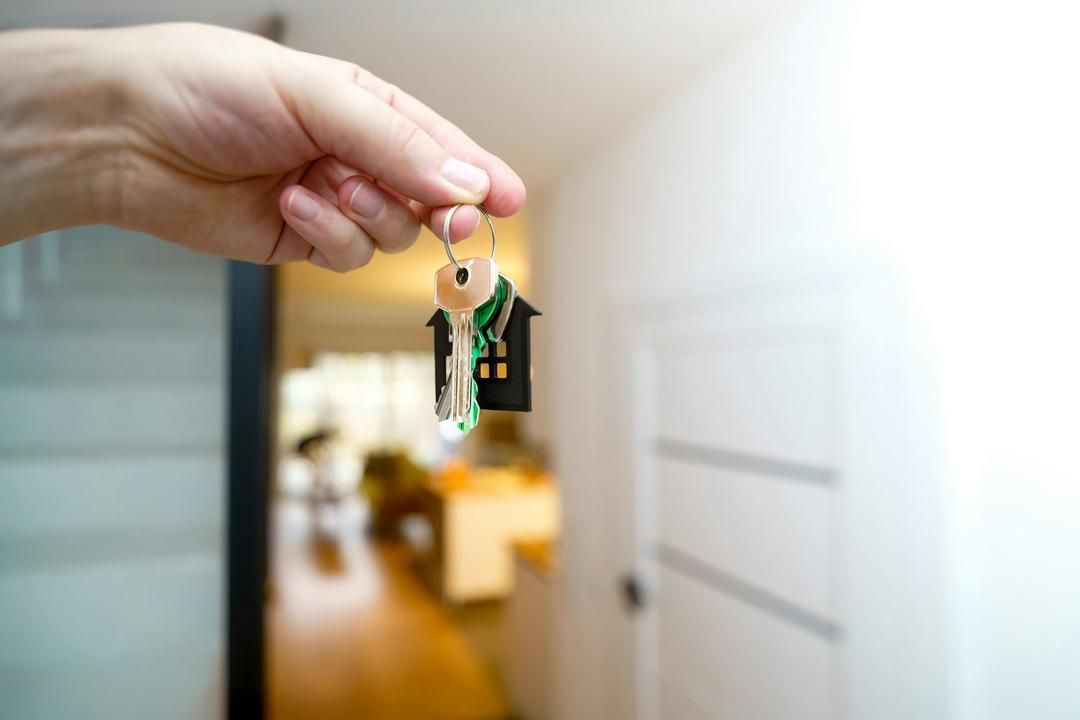
If you’ve got your home listed in the San Diego Metropolitan Area and aren’t seeing any offers, it’s only natural to start considering a price reduction. This is often the first suggestion that comes up in conversations. But is it really the right move for you?
From my experience, a price drop can be a smart, strategic decision—but it can also backfire if it’s done too soon or without a full understanding of the situation. Before you make any drastic changes, let’s take a step back, evaluate what’s actually happening, and make sure your decision aligns with your goals.
Let’s explore when a price reduction makes sense—and when it might not be the best idea.
The First 7–10 Days Are Critical
When your home first hits the San Diego market, that’s when it garners the most attention. It pops up in saved searches and catches the eye of motivated buyers who’ve been waiting for the right opportunity. If your listing doesn’t gain traction during this initial window, it usually signals that something isn’t quite right.
Sometimes the issue is indeed the price. But just as often, it could be related to presentation or exposure.
If the photos don’t highlight your home’s best features, if staging wasn’t done effectively, or if the marketing didn’t reach the right audience—dropping the price won’t fix the underlying problem.
That’s why I always advocate for a strategic approach, especially during those first crucial days.
What the Data Is Telling Us
It’s not just me noticing an uptick in price reductions lately.
According to Redfin, 24.3% of listings had at least one price drop in March 2025—a significant rise from the previous year. This increase reflects a more cautious buyer pool. With higher interest rates and tighter budgets, buyers are taking their time and comparing options more carefully.
But here’s the key takeaway—homes that undergo multiple price cuts tend to sell for less than those that are priced correctly from the start. Frequent reductions can send a message: something’s off with this property.
That’s not the impression we want associated with your home. Accurately pricing your home with professional insights and guidance isn’t just a step; it’s a strategic advantage that can ignite interest, attract offers, and help you secure the best possible price.
When a Price Reduction Makes Sense
There are definitely times when adjusting the price is the right call. Here’s when I’d recommend it:
- You’ve had consistent showings, but no offers. This often means buyers see potential but aren’t willing to pay the current price.
- Similar homes nearby have sold—and yours hasn’t. If the comparable sales are clear, buyers are likely comparing and we’re out of sync.
- The original list price was more aspirational than strategic. This can happen, especially if you launched with hopes based on last year’s market highs.
In these situations, a well-calculated price adjustment—coupled with a fresh marketing push—can help rekindle interest and get your listing back in front of serious buyers.
But…
When You Should Hold the Line
Sometimes, it’s not about the price. Dropping it won’t necessarily resolve the issue.
Before I recommend any adjustment, I’ll ask:
- Was your home marketed to its full potential? High-quality visuals, compelling listing copy, and targeted exposure make a significant difference. If those elements were lacking, we’ll address them first.
- Were showings easy to book? If buyers had trouble accessing the home or had limited availability, we may not have seen the full demand yet.
- Were early offers dismissed too quickly? I’ve seen sellers turn down strong offers simply because they didn’t match the list price. The first offer often starts a conversation, not ends it. With the right counter and data-backed negotiation, we can still reach your desired outcome.
Lowering the price hastily, without adjusting your overall approach, can backfire. It’s not just about the price; it’s about how buyers perceive the value they’re getting.
What We Do Instead
Before making any moves, we take a moment to audit everything:
- We review the photography and staging. Are we showcasing your home’s strongest features?
- We analyze buyer feedback. What’s being said in conversations or showing reports?
- We relaunch marketing if necessary. If the initial efforts didn’t gain traction, we’ll try again—with fresh eyes and renewed energy.
Sometimes, simply repositioning the listing—without changing the price—can make all the difference. I’ve seen properties sell at full asking price after we updated the photos, rephrased the description, or altered our promotional strategy. It’s not always about the price; it’s about how the home is presented.
The Real Cost of Overcorrecting
If a price drop is made too steeply—or more than once—it can send the wrong signal.
In fact, a 2024 NAR report found that homes with multiple price reductions sold for 6.7% less on average than homes that were priced appropriately from day one. This means that reducing the price repeatedly can lead to a lower final sale price than simply pricing it right (and being patient) from the start.
So before we touch that list price, we’ll explore all the options. Because reducing the price is usually a permanent decision.
Selling Smart in 2025
In this market, pricing is crucial—but it’s not the only tool at our disposal. The goal isn’t just to sell; it’s to sell with confidence, clarity, and the best possible outcome for your next chapter.
If you’re feeling uncertain about your next steps—or wondering whether a price drop is the right move—I’m here to help you sort it out.
Let’s take a look at your home, your market, and your buyer feedback, and make the decision that makes the most sense for you.
Your home deserves a thoughtful plan—not a knee-jerk reaction.
Thinking about selling your home?
Get in touch. We'll guide you through every step of the process to ensure a smooth transaction that meets your goals.






